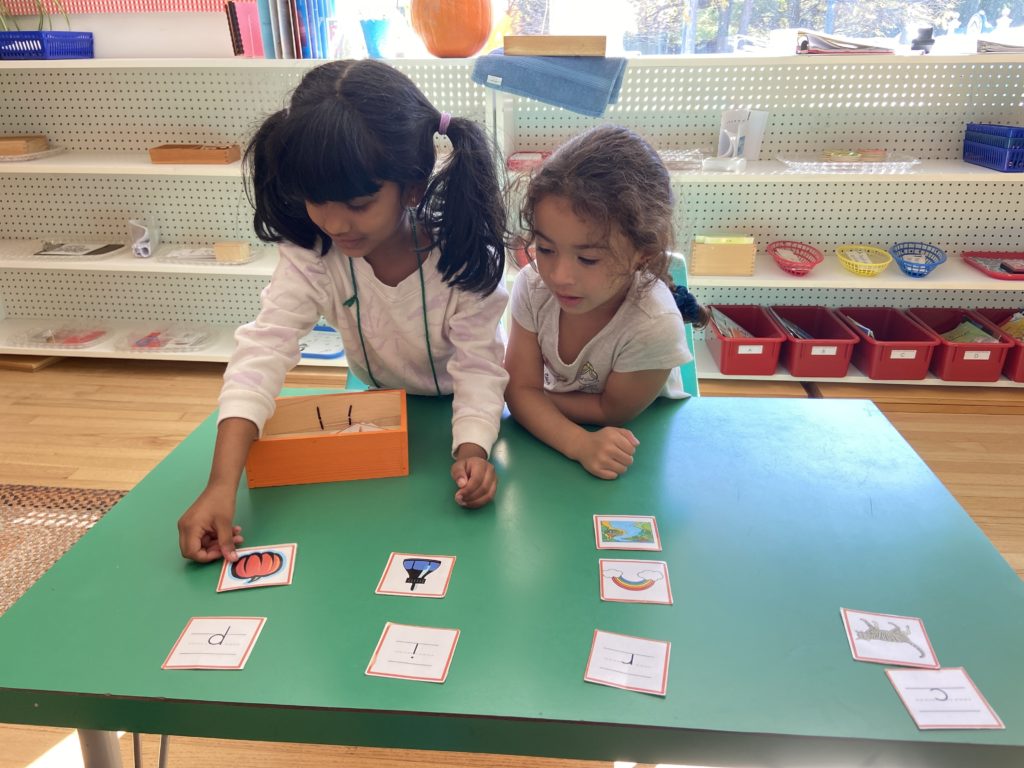
Comparing Montessori with Traditional Education:
The American Montessori Society (AMS) is a nonprofit education society founded in 1960 whose purpose is to help children develop their potential through the educational principles of Dr. Maria Montessori. This includes the following: developing Montessori programs, accrediting schools, granting credentials, encouraging research, organizing seminars and symposia, and promoting all other areas which relate to the dissemination of Montessori philosophy.
Montessori children are unusually adaptable. They have learned to work independently and in groups. Since they’ve been encouraged to make decisions from an early age, these children are problem-solvers who can make appropriate choices and manage their time well. Encouraged to exchange ideas, discuss their work freely with others, such students’ good communication skills ease the way in new settings. Research has shown that the best predictor of future success is a positive sense of self-esteem. Montessori programs, based on self-directed, noncompetitive activities, help children develop strong self-images and the confidence to face challenges and change with optimism.
| Montessori | Traditional |
| Emphasis on cognitive structures and social development | Emphasis on rote knowledge and social development |
| Environment and method encourage internal self-discipline | Teacher is primary enforcer of external discipline |
| Individual and group instruction adapts to each student’s learning style | Individual and group instruction conforms to the adult’s teaching style |
| Mixed age grouping | Same age grouping |
| Children encouraged to teach, collaborate, and help each other | Most teaching done by teacher and collaboration is discouraged |
| Child chooses own work from interests, abilities | Curriculum structured with little regard for child’s interests |
| Child formulates concepts from self-teaching materials | Child is guided to concepts by teacher |
| Child works as long as s/he wants on chosen project | Child usually given specific time for work |
| Child sets own learning pace to internalize information | Instruction pace set by group norm or teacher |
| Child spots own errors thru feedback from material | Errors corrected by teacher |
| Learning is reinforced internally thru child’s own repetition of activity, internal feelings of success repetition | Learning is reinforced externally by rewards, discouragements |
| Multi-sensory materials for physical exploration development | Few materials for sensory, concrete manipulation |
| Organized program for learning care of self and self-care environment (shoe polishing, sink washing, etc.) | Little emphasis on instruction or classroom maintenance |
| Child can work where s/he is comfortable, moves and talks at will (yet doesn’t disturb others); group work is voluntary and negotiable | Child assigned seat; encouraged to sit still and listen during group sessions |
| Organized program for parents to understand the Montessori philosophy and participate in the learning process | Voluntary parent involvement, often only as fundraisers, not participants in understanding the learning process |
